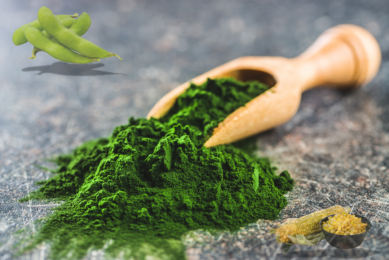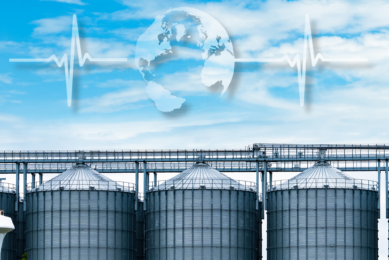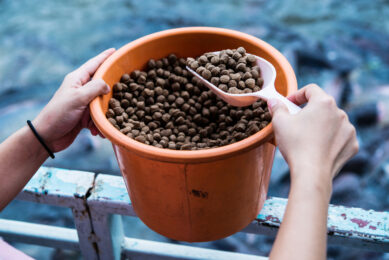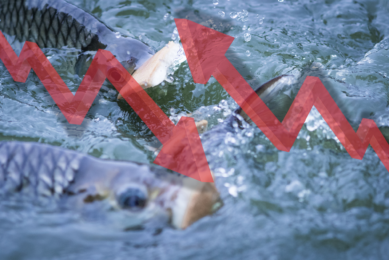Microplastics in fishmeal: A growing concern
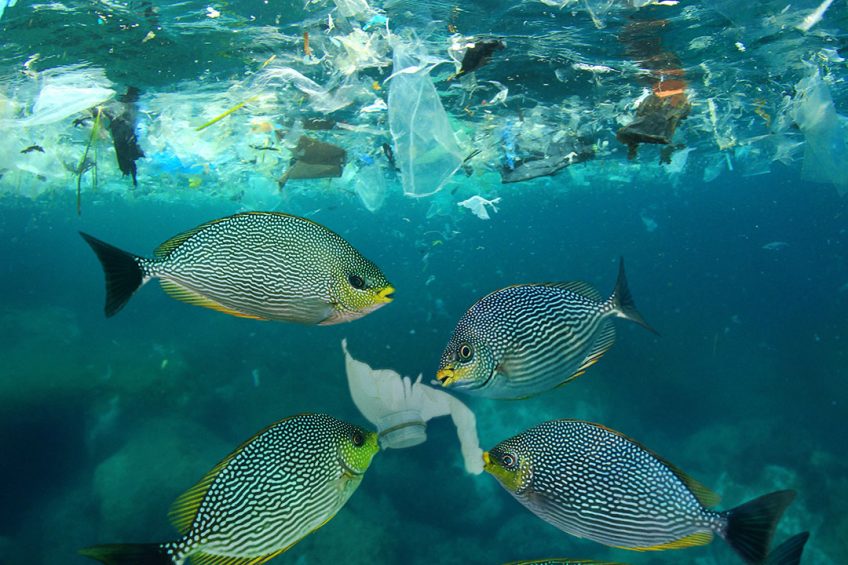
Microplastics are ingested by marine biota including fish. This could lead to food safety concerns: they are potentially dangerous for consumers of fish. A study assessed the concentrations of microplastics in fishmeal and method for extracting them.
Recent studies show a shift in marine debris composition to predominantly plastic; about 60 – 80% of the debris consists of plastic. Plastic debris ≤ 5000 µm is generally termed microplastic. There are multiple sources of microplastics and these can all be traced back to human activities on land or at sea.
For a better understanding of the contaminant, researchers at the University of Southampton carried out a study to investigate microplastics in fishmeal. They also suggested a suitable method for extraction of microplastics from fishmeal and proposed a better approach for controlling microplastic contamination during the extraction process.
The study
The study had 3 main aims:
- To establish a suitable method for extracting small microplastics from fishmeal – most studies focus on microplastics ≥149 µm. A wider size range gives better estimates of microplastic contamination in fishmeal.
- To test such a method on commercial fishmeal to quantify the microplastics. The results will improve our understanding of the potential for microplastics to enter the food chain via fishmeal and inform future assessments of associated risks to health and food security.
- To assess microplastics in fish in order to establish the potential influence of this substance on fishmeal.

Extraction method for microplastics in fishmeal
The use of different extraction techniques is often a hindrance for comparison of microplastics in fishmeal. A more suitable extraction technique for microplastics in fishmeal is encouraged. The researchers found that the potassium hydroxide digestion method is commonly used for microplastic extraction from fish and fishmeal. However, recovering microplastics sized < 150 µm seems impossible for fishmeal with this method. This is a major drawback of the KOH method (potassium hydroxide preparation), since smaller particles may be prevalent as some studies have shown; in one such study, all microplastics in S. pilchardus were 39–857 µm.
Extracting smaller microplastics
In this study, the researchers successfully used the NaCl flotation method to extract microplastics from fishmeal. This method can extract smaller microplastics (from 55 µm) than the potassium hydroxide digestions; this was important since 35% of potential microplastics in the fishmeal samples were < 150 µm, highlighting the importance of recovering smaller microplastics and the suitability of the NaCl method. In this study, the overall recovery rate from dosing trials with whitefish fishmeal was about 71.3%, and about 49.3% for sardine/anchovy fishmeal, proving that NaCl is a good extraction method. Even polymers of greater density than the NaCl solution (e.g., polyester, rayon) were extracted with this technique. In addition, there were low standard deviations within the same type of fishmeal, suggesting high repeatability of recovery rates.
Measuring microplastics in fishmeal
Polymer identification is important, especially if you want to reduce overestimates of potential microplastic counts. For this reason, it is imperative to conduct spectroscopy or other polymer identification methods. In this study, approximately 90% of potential microplastics were assessed with Raman spectroscopy. A total of 11 particles were confirmed to be biomaterials, such as tricalcium phosphate, while 19 potential microplastics were confirmed to be plastic. Most of the microplastics found were polyethylene − a material used to make storage bags for fishmeal. Based on the correction for recovery rates of 71.3% and spectroscopy assessment rate of 89.1%, the mean concentration of non-fibrous microplastics per kg of fishmeal was calculated to be about 71.9 items. However, other studies reported even up to 4000 – 6000 microplastics per kg. of fishmeal. As the microplastics could be introduced at any point in fishmeal processing, the concentrations in fishmeal are generally higher than in the raw materials.
Microplastics in fish
In marine fish, the potential microplastic exposure is likely to arise from ingestion of particles in the water column or on the sea-floor that resemble prey, or by ingesting prey that previously ingested microplastics themselves. It was shown in this study that, based on the review of species destined to be included whole in fishmeal, approximately 36 microplastics per kilogram of fishmeal can be expected from the raw material.
For the types of fish assessed for microplastics, the order of mean microplastic concentrations per individual fish were as follows:
Sprattus sprattus > Trachurus trachurus > Engraulis spp. > Micromesistius poutassou > Ammodytes personatus > Euthynnus affinis.
Controlling microplastics contamination
The scientists found that even under strict control measures, atmospheric contamination may be unavoidable. Several studies show that most researchers conduct their work in laminar flow cabinets, but they lack implementation of airborne controls. For this reason, using airborne contamination monitoring such as dampened filter papers during the extraction process should be considered even in clean environments.
It was concluded that while microplastic extraction from whitefish fishmeal using a simple NaCl density separation method is suitable for microplastics > 55 µm, the NaCl method might not be suitable for all types of fishmeal, and the development of further methods is recommended to enable their applicability to different fishmeal types and to enable extraction of particles as small as 1 µm. On the other hand, understanding the relationship of microplastics between capture fish and fishmeal is important, as is their implications for direct and indirect consumers of fishmeal, given the importance of fishmeal for food security. In addition, to improve comparability, future studies should provide size-related information of the extracted microplastics.




